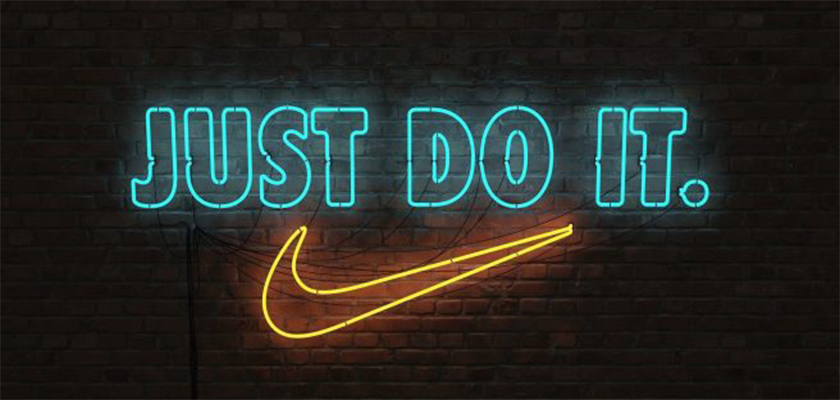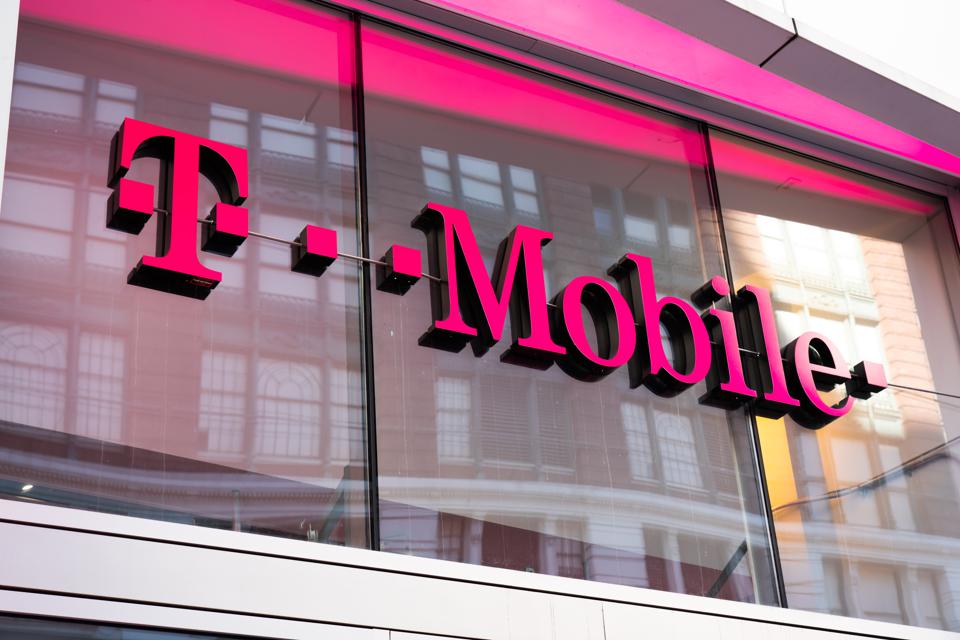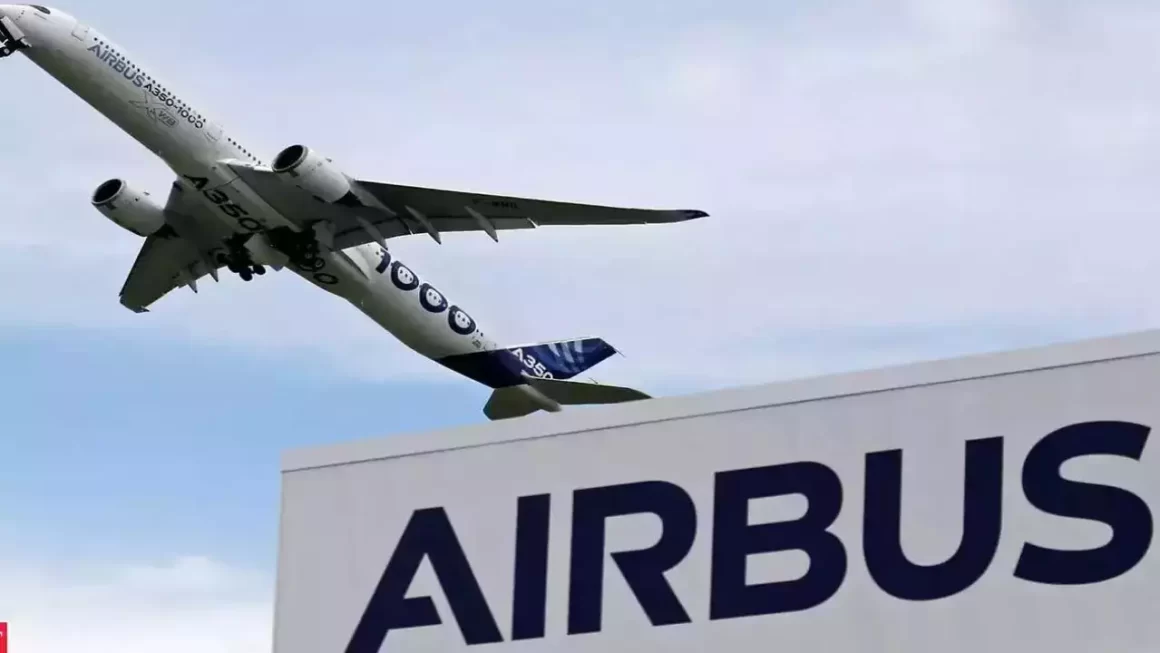Nike took the world of sportswear by storm by an ad campaign “Just Do it” in 1988. The slogan, inspired by the notorious last words of death row convict Gary Gilmore, resonated with athletes around the world. The objective of the campaign was to target everyone, irrespective of age, gender, and fitness level. Sportswear was no longer meant only for sportspersons. They were meant for one and all. The campaign was a huge success. Nike’s share in the North American sports shoe business rose from 18% to 43%. Its worldwide sales rose from $877 million to $9.2 billion from 1988 to 1998. Nike thus became the largest sportswear brand in the world.
How it all started
The company was started in 1964 by Bill Bowerman and Phil Knight as the Blue Ribbon Sports company. The name was officially changed to Nike (which meant the Greek goddess of victory) on May 30, 1971. The company was initially well known for selling running shoes. It later entered into various segments of sportswear, apparel and sports equipment. Its iconic “Swoosh” logo is one of the most recognizable brand logos in the world. It is also one of the most valuable brand logos having a worth of $26 billion.
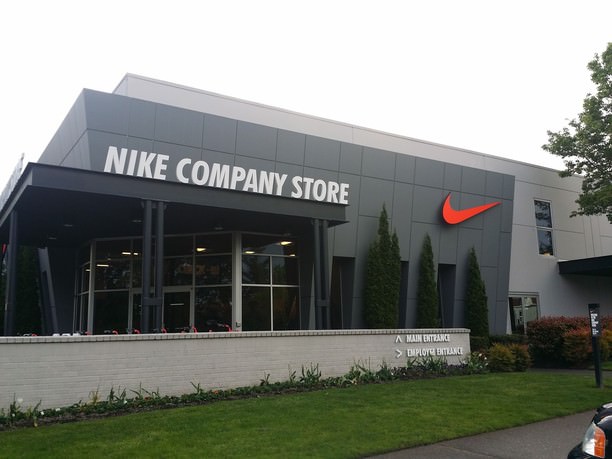
Mergers & Acquisitions of Nike
Nike made many strategic acquisitions. It acquired and sold several apparel and footwear companies. Its first acquisition was Cole Hann in 1988. Then Nike went on to acquire Bauer Hockey in 1994. Bauer Hockey is a manufacturer of ice hockey equipment and fitness apparel. The acquisition enabled Nike to enter that market. Nike entered the surfing apparel business with the acquisition of Hurley International in 2002. The biggest acquisition of Nike was Converse, the sneaker company, in 2003. This enabled Nike to buy out its competitor in the sneaker business.
Over time Nike’s portfolio grew too big, and the management thought that it was necessary to focus on Nike’s core business. So it started divesting some of its subsidiaries. Today Converse Inc is the only subsidiary that Nike owns.
Nike Business Segments
Nike deals in Footwear, Sports Apparel, and Sports Equipment. Footwear forms 66% by revenue, Sports Apparel forms 30%, and Sports Equipment constitutes 4% of the revenue.
Nike also sells shoes under the name of its subsidiary Converse. Apart from this, Nike also has a Corporate segment under which it sells to its various Corporate clients.
Flying with the Air Jordan
Nike signed on Michael Jordan in 1984. It turned out to be by far the most lucrative deal that Nike had signed. At that time, Nike was mostly a track shoe company and had track and field athletes and tennis players as its brand ambassadors. However, Nike saw the immense potential in Michael Jordan, who was still a rookie then. He went on to become one of the greatest basketball players in history, and Nike profited immensely from it.
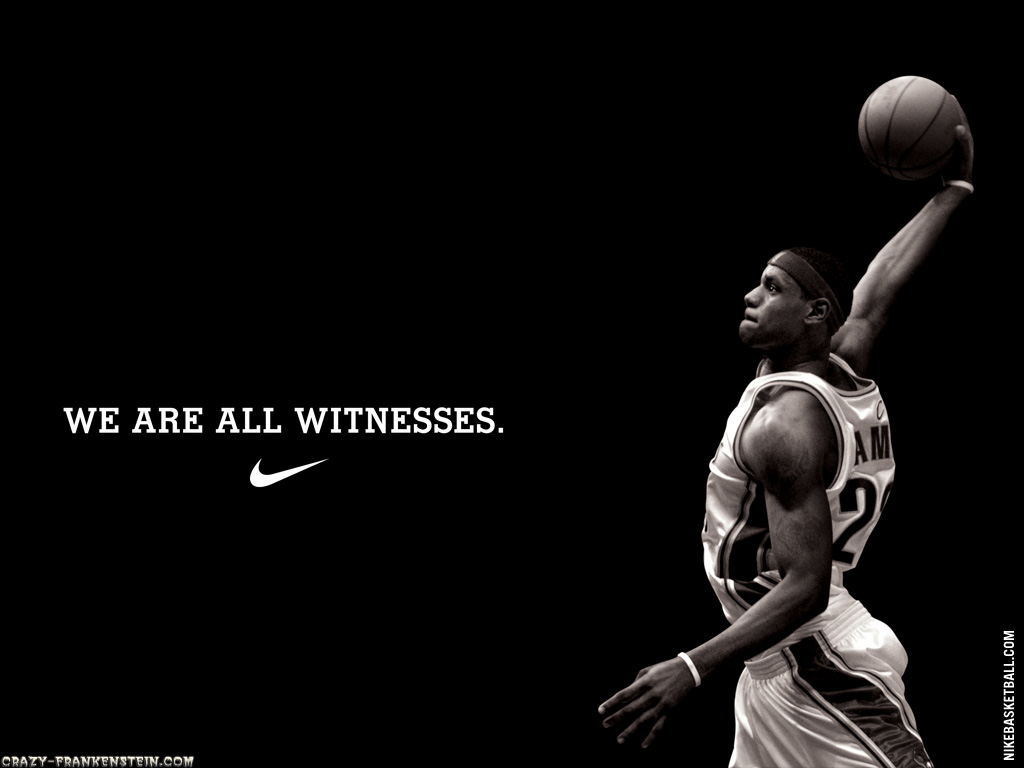
Michael Jordan was paid $500,000 a year for five years, almost 2.5 times of what a regular athlete got paid, for signing the contract with Nike. Nike had come out with a new technology called air soles. That, combined with Michael Jordan’s aerial acrobatics on the basketball courts gave birth to the famous Air Jordan line of shoes. After signing the deal, Nike hoped to sell $3 million worth of Air Jordans. They ended up selling $126 million worth in Year 1 itself. The Jordans came in different styles and adapted itself according to the latest designs every year. Other shoe lines at that time didn’t change much. Due to the Air Jordans, sneakers now became a fashion statement. It also helped Nike begin its association with the NBA. Nike went on to become a marketing partner of the NBA in 1992 and became the official supplier of NBA apparel in 2015.
The Sweatshop Controversy
Third-party contractors prepared Nike’s products. These contracts usually went to countries that provided the cheapest rates. The factories were located in countries like China, Indonesia, Vietnam, etc. where the labor rates were minimal. The wages paid to the laborers were very low, and their working conditions were poor. Jeff Ballinger exposed this in 1991. He documented the poor working conditions in the Nike factories of Indonesia.
The outrage against Nike grew momentum after a popular article was published in Harper’s magazine. There were widespread protests against Nike with many boycotting the company. Athletes and players boycotted the shoe giant in the 1992 Olympics. Nike tried to do away with these claims stating that it was not their responsibility as third-party contractors employed these laborers. This infuriated the masses even further.
To bring the situation under control, Nike decided to take the bull by the horn and turned the situation on its head. It publicly announced that it would make strategic changes in its policies and will include sustainability and the environment in its every decision. The Fair Labour Association was established in 1999 to take care of the labor conditions in the various factories of the company. It claimed that it had started making its shoes from eco-friendly materials and produced less waste in its factories. It also created a special line of shoes for its Olympic athletes made from recycled plastic.
Although Nike heavily advertised its policies, the ground reality on how much the conditions of the workers and the factories improved remains a question. But from a marketing point of view, Nike brilliantly turned its weakness into its strength.
Also Read: Zara – The Tales of the Global Fast Fashion Retail Brand
Marketing Strategy
Nike’s ads have always been among the best advertisements there is. The concepts of Nike’s campaigns changed, but Nike was always trying to send a message through its ads that were bigger than its brand. It has changed its focus from the utilitarian aspect to its more aspirational aspects.
Nike’s commercial titled “Beautiful” in 2000 featured people with sports injuries showing the grit, aggression and determination of the athletes as well as the brand. The “Find your greatness” commercial showed how greatness is present in everyone who is willing to go out of their comfort zone. The “unlimited courage” commercial showcases extraordinary individuals who have overcome various odds. All these advertisements appealed to the self-actualization needs of people. This catapulted Nike to become an iconic brand for the people.
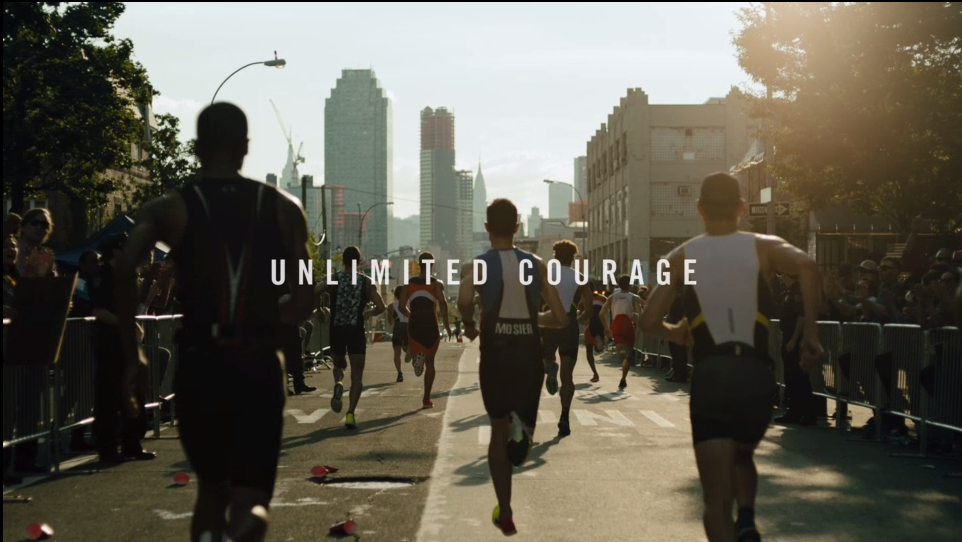
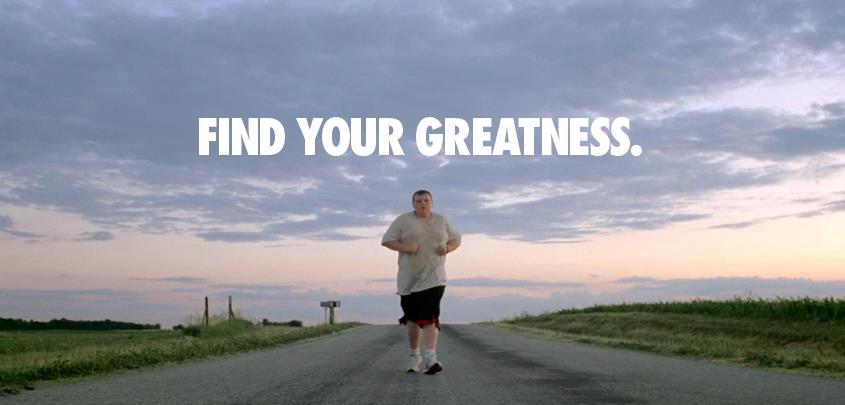
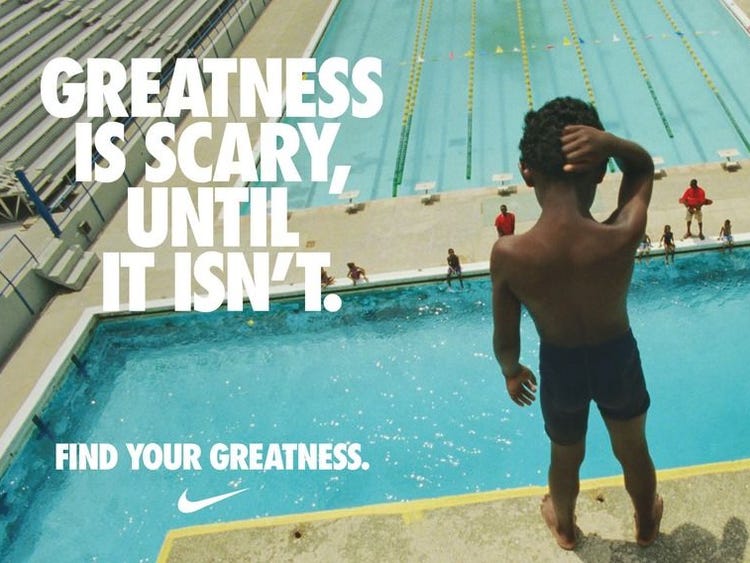
In addition to this, Nike is endorsed by the biggest athletes of all times. Some of the most prominent names include Tiger Woods, Ronaldinho, Michael Jordan, LeBron James, Roger Federer, Serena Williams and many more.
Nike also dominates the social media and digital marketing front. Nike has a greater reach through its social media handles compared to its competitors.
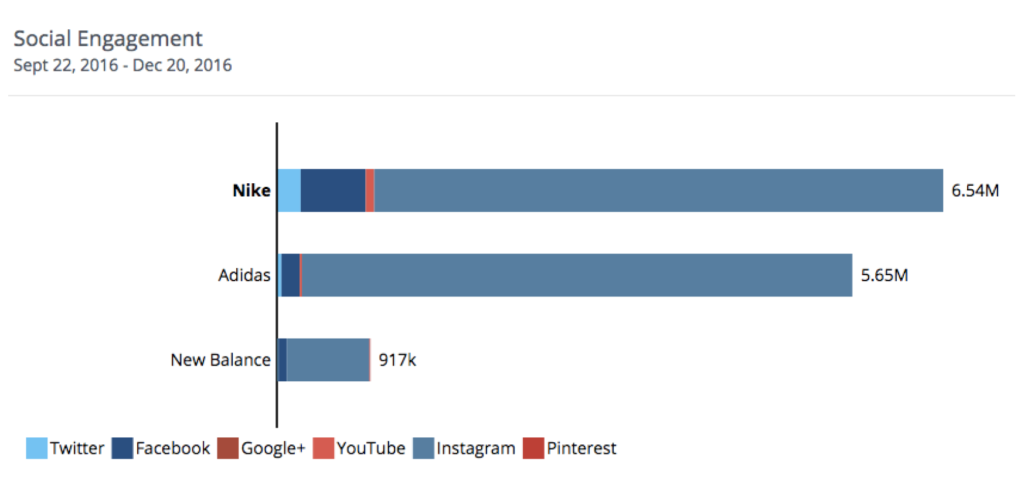
Success strategies
Nike has some of the best marketing strategies and advertising campaigns that the world has seen. In addition to this, Nike analyses its markets well. Some of the other main contributors to Nike’s success are as follows:
- Effective market segmentation, something for everyone – Nike has shoes for various age groups. It has different products for men, women, and kids. They also have products categorized according to the different activities and lifestyles like Gym & Training, Football, Basketball, etc.
-
- Nike has sportswear that is customized for different geographies. E.g. Nike produces sneakers and clothes that are heat resistant in Singapore.
- Nike also has psychographic segmentation of its products. The youth wear Nike products as a fashion lifestyle with high quality. The old want more comfort in its wear.
- All these help Nike’s customers to find the product that they need. It also helps Nike to target a broad base of customers, satisfying their myriad needs.
- The perfect shoe for every sport – Nike positions itself as the brand that is for serious athletes. It provides the perfect gear for every sport or activity. Customers believe that Nike will provide them with the best experience. Also, the way the products are categorized in their stores and online reflects this philosophy. Nike positions itself as a high-class brand and sets a price point higher than its competitors
- Using data analytics to understand customer behavior and needs – Nike uses data analytics and predictive analytics to understand consumer trends. It uses technology to create an optimum design for its customers. The use of data analytics also helps Nike to have responsive retail that stays updated with the latest trends in the market.
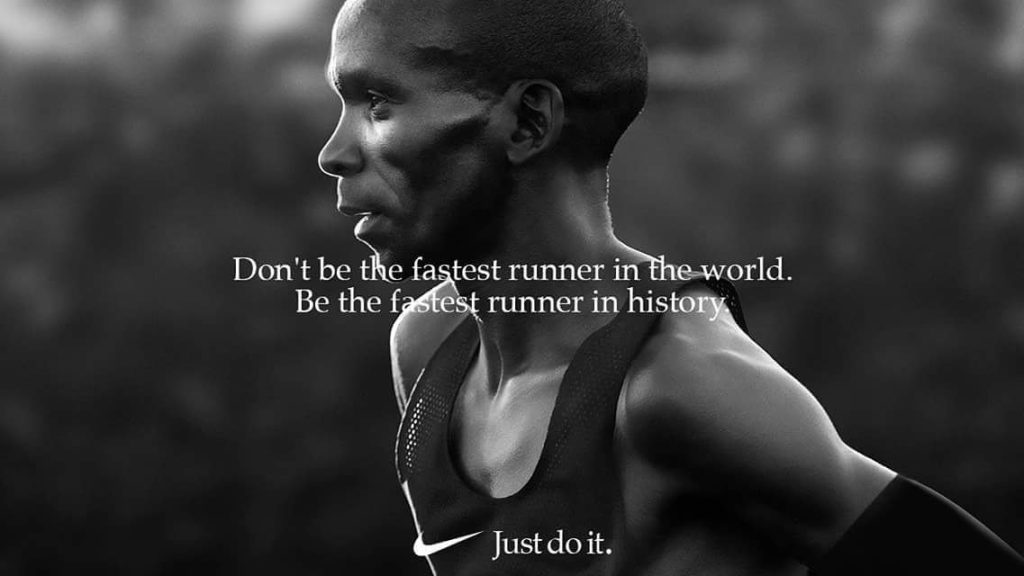
Nike’s strong marketing campaigns and its aggressive selling strategies have put it above its competitors like Adidas, Puma, etc. It also can turn disadvantageous situations like the sweatshop controversy into a strength. All this, combined with its superior technologically curated products, has made the company the greatest sports company in today’s world.
To Read More Posts Like This, Subscribe To Our Newsletter.
